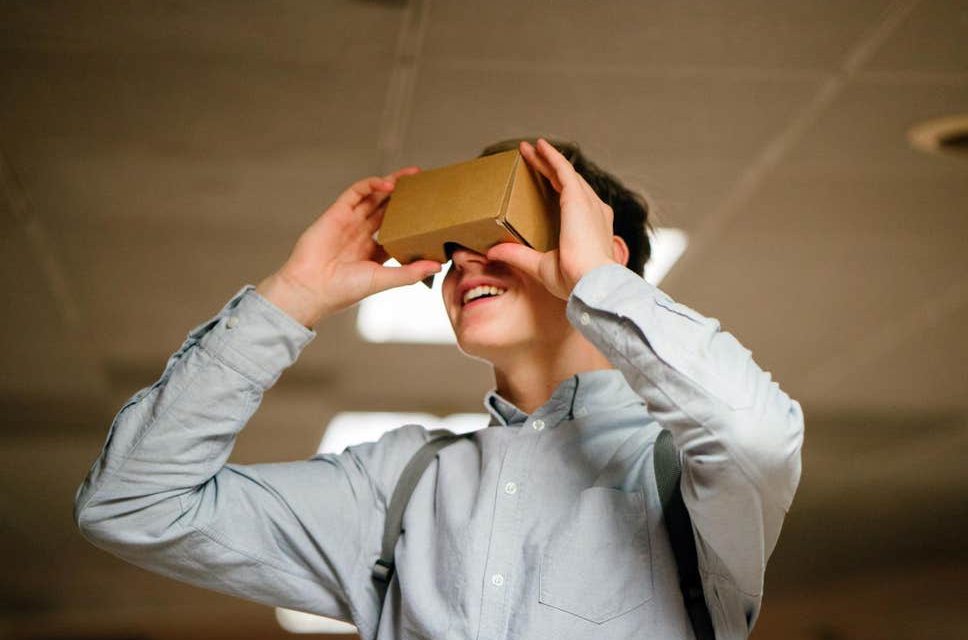You’ve probably heard how Virtual Reality (VR) is going to change everything: the way we work, the way we live, the way we play. Still, for every truly transformative technology, there are landfills of hoverboards, 3D televisions, Segways, and MiniDiscs – the technological scrap it turns out we didn’t need.
It’s reasonable to approach VR with a degree of scepticism, but allow me to explain three ways in which VR can transform the way we learn, and why we, as psychologists, are so excited about it.
Exploring the unexplorable
VR has great potential as a classroom aid. We know learning is more effective when learners are actively engaged. Practical lessons that encourage interaction are more successful than those where content is passively absorbed. However, certain topics are difficult to ground in meaningful tasks that learners relate to.
VR for everyone and everything
It’s not just the learning of “what” something is that VR can assist with, but also the learning of “how” to do something. In psychology, we make the distinction between declarative (what) and procedural (how) knowledge, precisely because the latter is formed by doing and can be applied directly to a given task. Put simply: the best way to learn a skill is by doing it.
Wearing (a VR headset) is caring
VR may also hold the key to driving positive behavioural changes. One way we know we can achieve this is by eliciting empathy. VR uniquely allows people to experience alternative perspectives, even being dubbed the ultimate “empathy machine”. It’s a lofty claim, but early applications have shown promise.
So there you have it. By bringing previously inaccessible experiences into the classroom, VR may accelerate the learning of abstract concepts, augment the acquisition of skills, and perhaps even be a force for social change. For now, the technological scrap heap can wait.








Recent Comments